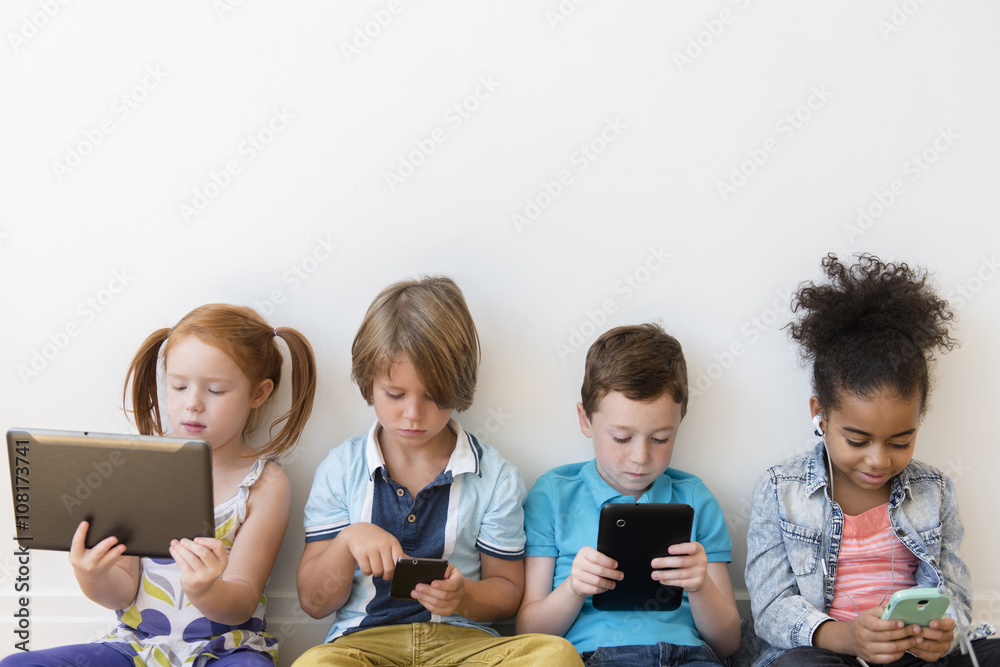After watching Michael Wesch’s “An Anthropological Introduction to Youtube” and reading the article “Teens, Social Media, and Technology 2022”, one thing clearly stands out: the way people connect, learn, and express themselves has completely shifted – and school needs to catch up.
We’ve come a long way from the days of the “Numa Numa” guy dancing in front of his webcam. The culture of participation has exploded , and kids of all ages are a part of it every single day. Whether they have access to their own phones/devices or not, they are likely still participating in scrolling, sharing, creating and connecting – and doing it in ways we could have never imagine backed when overhead projectors were cutting edge technology and student’s days were made the second the teacher rolled in the tube TV/VCR combo on a cart. This generation of students are living in a hyper-connected, always-online world. So, as future educators, we’ve got to ask: are we teaching students for our past or their future?
Even though kids are constantly plugged in, for some of them, school is the only place where they get a real break from the noise of notifications and screens. That means we need to strike a balance – not just throwing more tech at them for the sake of it, but using it with purpose. Technology in the classroom shouldn’t be a digital worksheet or a “fun” Friday Kahoot (though I do love a good Kahoot battle). It should be a tool that helps kids learn to collaborate, think critically, create, problem solve, and express themselves in meaningful ways.
The world has changed, and our classrooms should reflect that. We’re not just preparing students to do well academically – we’re preparing them for life in a digital, networked and interconnected world.

